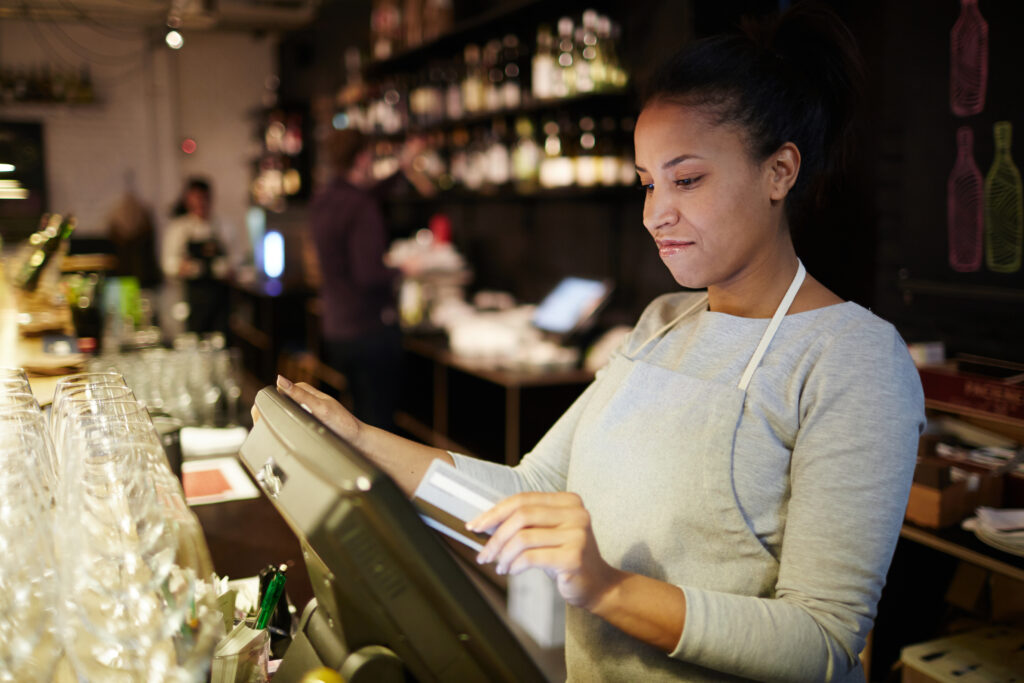
By: Hanifa Anne Sekandi
A lot of people believe that marketing a brand is an arduous task. Yes, it requires work. But if you hate this part of building a business, you may find yourself in the marketing denial loop. What is this?
It is when brands do extraordinarily little marketing and expect big results. It is when brands put in less than what they desire to receive. This mindset leads to a sense of disillusionment and disappointment. We are sure you have encountered individuals who say running a brand is hard. The truth is, creating and growing a brand requires work. But the work should not be regarded as hard. It is important to eliminate this mindset. Embrace a simple, thought-out marketing plan and strategy whether you are a new brand, a mid-range brand or one of the big guys. Understanding how to market your brand should never be approached begrudgingly or negatively. Last Beverage Master issue, we focused on the “why,” as in why is your brand so unique? Why should consumers purchase your beverage rather than Bob’s beverage? Why is your brand making this beverage? Is there a story? The “why” is your first building block, and this will lead you to the most important phase of your simple marketing strategy — who is this for?
Nowadays, you do not have to look too far to see the dos and don’ts of marketing. You are in a time where the triumphs and tribulations of top-tier brands are well documented. As of late, major marketing blunders have been put to the forefront. The common mistake among all these brands, not just those in the alcoholic beverage industry, is that they forget the most important marketing building block: the “who,” and I’m not referring to the classic and iconic English rock band. In this case, the “who” refers to your audience, the consumer. Understanding their buying decisions and why they select your brand or your competitor’s brand when purchasing beer and liquor should be at the forefront of your marketing strategy.
Who is Your Consumer?
All your marketing initiatives are built from understanding who your consumer is. A concept that seems obvious and basic, yet both new and old brands make it complicated. Since you and your beverage experts are creating the beverage, tasting it and perfecting it, start here. What would appealto you? What would make you run out and purchase your alcoholic beverage over a top-shelf or legacy beverage? Also, what do you wish some of your favorite beverage brands did? How does your brand fill this missing element? A large list is not needed. You are not going to be loved by everyone. Focus on three key features your “who” (consumer) would look for. Look at their lifestyle and how you can highlight that your beverage compliments their personal ethos. Remember, people attach feeling to their purchases. This is why the “why” story is such an essential first step in brand development. It lets you clearly map out how to appeal to and reach the “who.”
There are many ways to find your audience. The above is a simple and effective method. If you cannot sell this magical beverage to yourself or your team, then you will not sell it to anyone else. For those who have an existing brand and are struggling with your brand in a marketing landscape, which has become quite cutthroat with the advent of social media platforms, taking a trip back to where you started and your initial goals will help you zero in on your consumer base. Do not be greedy. Do not strive to be all things to everyone. If your brand has been performing relatively well and you are looking for more brand visibility to boost sales.
Simple changes, more times than not, are needed. Creatively amplifying your existing message can increase your reach and growth. You do not need to burn the building down and start again, so you target a new demographic to buy your beverage. What about the people who have kept you afloat? Your loyal consumer bases? Some brands conduct surveys. Ask the people who have already purchased your drink what you can do better. Or what is on their wish list? Conduct a poll. This will give you some great ideas or help you re-strategize and expand your existing marketing methods.
Should You Reinvent the Wheel?
If you are a new brand, the alcoholic beverage world is truly your oyster. You can be outlandish and try something new. You have leeway to reinvent the wheel. Why? Aside from making a quality beverage, there is no sense in trying to copy the marketing strategy of a legacy top-tier brand. Their consumer is loyal. This does not mean that they will not become a fan of your brand. It is like football; people love the team they love, but when it is the Superbowl and their team has not made the cut, they will root for the team they like second best. Some people drink the beer their granddad drank and pass the love of this beverage on to their kids. It is a staple beer at all family events and their go-to beverage when dining out. Whatever the hook was that appealed to their granddad was passed on to them, and so on. Consider this a legacy brand. Legacy brands must strive to expand the wheel, but they should not reinvent it or break it unless they want to lose a loyal consumer base. Ignoring your “who” so you can reach a new consumer is sloppy marketing and a hasty marketing method often spurred on by newer brands going viral on social media.
You might be wondering how you would know who your consumer is. What other methods can you use to understand them better to build a formidable marketing strategy? This may sound contradictory to what was stated above. Start by identifying three brands that you are comparable to, your competitors. Study them, but do not copy them.
Moreover, analyze them and look for what you do not like first. What would you do better, and what is missing? Make this list small. Next, look at the elements you like and what you would do better from a consumer’s perspective. For example, some beverage brands have made different-size offerings for their beverages. This is a simple yet effective difference that sets you apart and boosts sales. Who does not love those single-serve wines or a small-can imperial stout? Your consumer’s needs are not hard to understand if you start with yourself, assuming you are making a product you believe in, and then look for like-minded individuals with the same sensibility. Stay faithful to your plan, even when no one is looking, because someone looking for what you are offering will eventually turn into a large, loyal consumer base that will tell their like-minded friends to purchase your beverages too.









